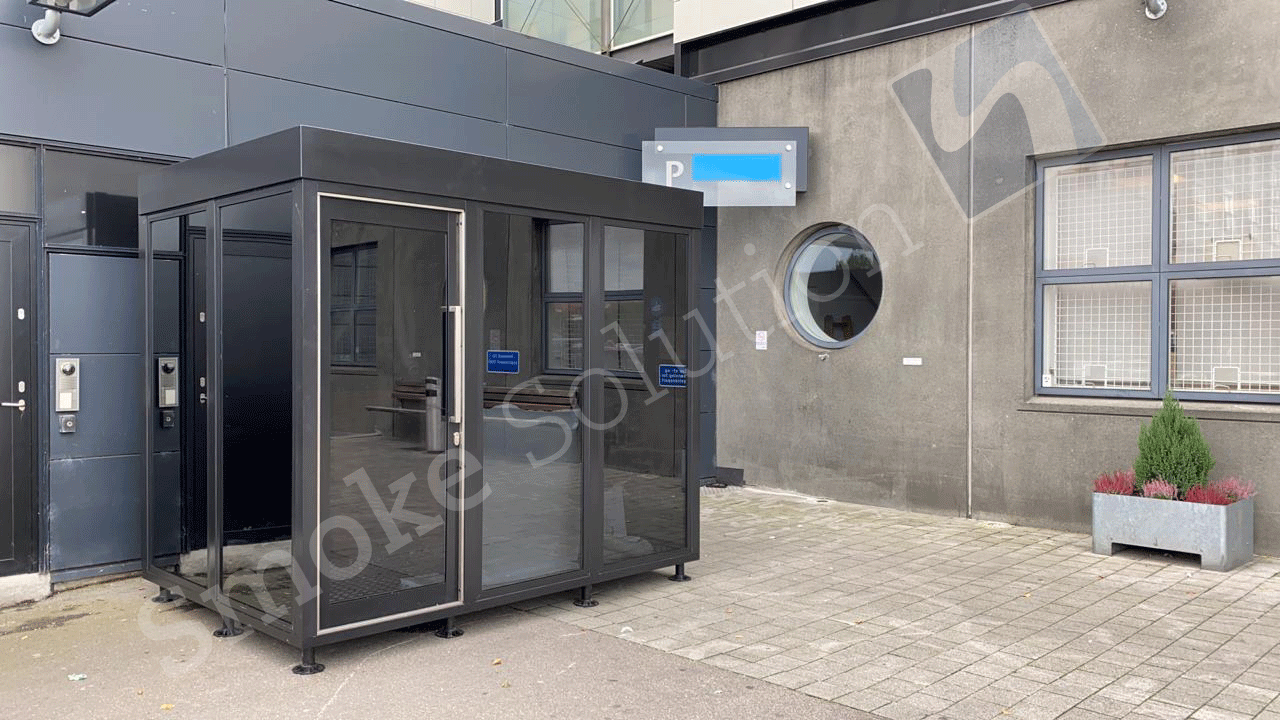There are 14 countries who commits in ocean sustainability in order to achieve the United Nations Sustainable Development Goals (SDGs).
Ocean is a big asset of economy in the world, and according to data, there are 90% of goods are traded across the ocean and the ocean economy contributes more than $1,5 trillion a year to the global economy.
Hundreds of millions of people are having a better life and economy because of the ocean since there are many business industries in fishing and mariculture such as, shipping and ports, tourism, offshore energy, pharmaceuticals and cosmetics.
The ocean is so vast, and its role in the global economy and the lives of the world’s people so fundamental, however there are groups that destroying the nature of the sea and cause big damages to the sea animals and biodiversity.
Ocean provides a wide variety of vital benefits, according to the Ocean Panel, there are 6 benefits of ocean to our life:
It helps make the planet liveable and is critical to managing the effects of climate change. Besides forests, ocean can also produce oxygen. In fact, half of planet’s oxygen produced by ocean and the ocean absorbs 93% of world’s anthropogenic in the world.
The global economy and the livelihoods of hundreds of millions of people depend on the ocean. The ocean economy contributes more than $1,5 trillion for the worldwide economy. As we can see that many people are work in the ocean sectors.
The ocean provides billions of people with nutritious food, with a much smaller environmental footprint than land-based food production. Seafood contains are the sources of protein, and key nutrients, including the omega-3 fatty acids and iodine.
Coastal habitats, such as mangroves, provide protection for hundreds of millions of people, nurture biodiversity, detoxify pollutants flowing off the land, and provide nursery areas for fisheries, increasing the supply of food and providing livelihoods. In fact, the coral reefs contribute $11,5 billion a year to tourism, benefitting more than 100 countries and providing food and livelihoods to local people.
The ocean provides a sense of wonder, solace and connection to the natural world and is deeply woven into the cultural and spiritual lives of billions of coastal dwellers. It also gives pleasure to the hundreds of millions of people a year who visit it
The ocean may store unknown treasures. In addition to its known benefits, it may be the home of undiscovered resources—including medical ones—and new knowledge.

